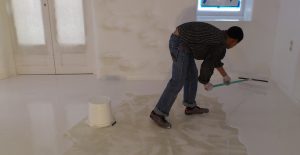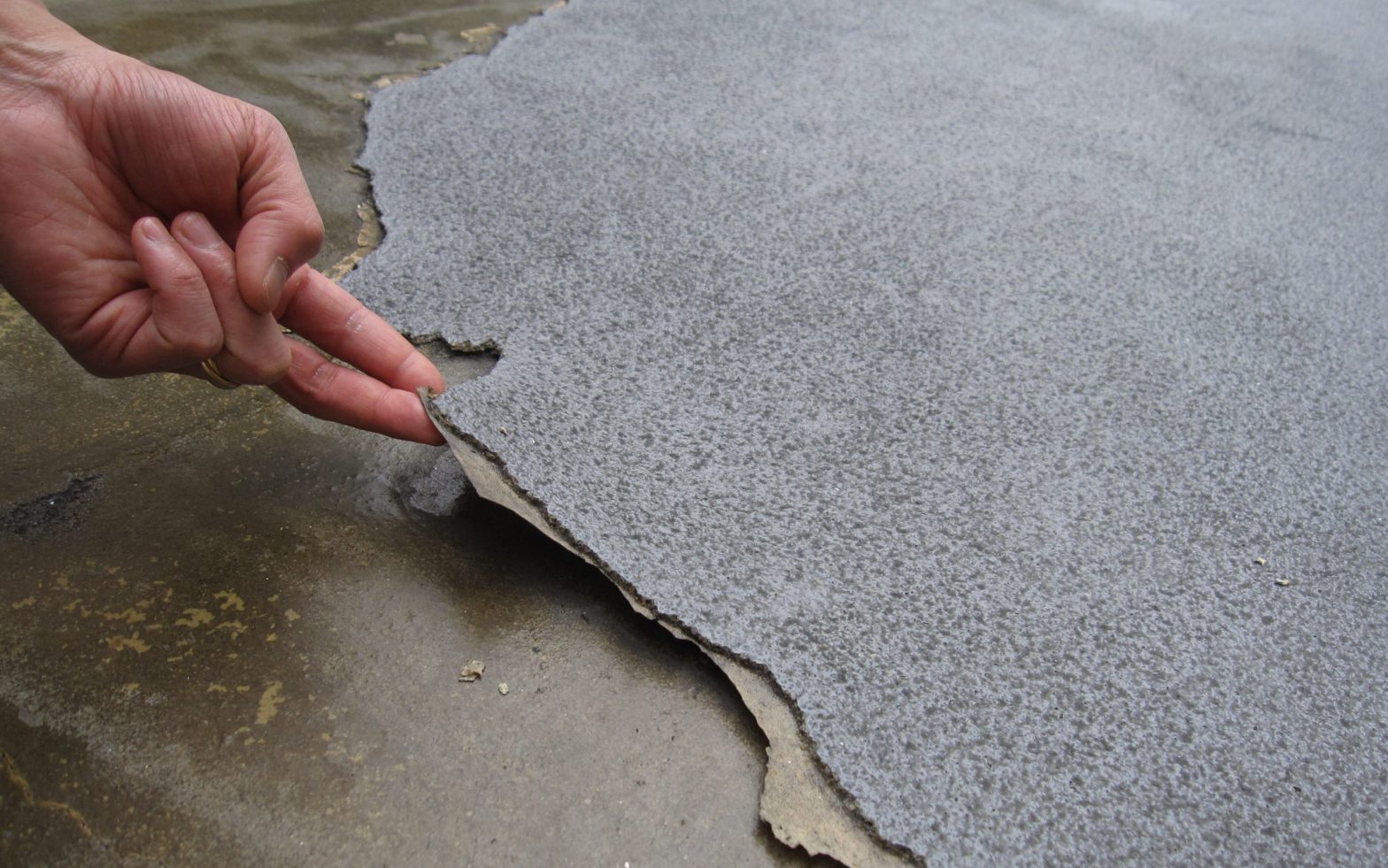What Happens If You Don’t Prime Before Waterproofing
Understanding the Importance of Waterproofing
Waterproofing is a crucial step in maintaining the structural integrity and longevity of a building. Whether it’s your home, a commercial property, or an industrial facility, protecting it from water damage is essential. While many people are aware of the importance of waterproofing, what often gets overlooked is the significance of priming before waterproofing. In this article, we will explore why priming is a vital preparatory step before waterproofing and what can happen if you skip it. What happens if you don’t prime before waterproofing?
Priming: The Foundation of Successful Waterproofing
Before delving into the consequences of skipping the priming step, let’s first understand what priming is and why it’s so essential in the waterproofing process.
Priming is the application of a specialized primer or bonding agent to the surface that needs to be waterproofed. This primer is designed to enhance the adhesion between the waterproofing material and the substrate, whether it’s concrete, wood, metal, or any other surface. The purpose of priming is to create a strong and durable bond between the waterproofing material and the substrate, ensuring that water cannot penetrate the structure.
There are several reasons why priming is crucial in the waterproofing process:
Improved Adhesion: Priming promotes better adhesion between the waterproofing material and the substrate. This ensures that the waterproofing membrane or coating adheres securely to the surface, preventing water from seeping through.
Enhanced Durability: A properly primed surface is more durable and resistant to wear and tear. It helps the waterproofing system withstand the test of time and the elements.

Seamless Application: Priming creates a smooth and even surface for the application of the waterproofing material. This prevents air pockets and gaps that could compromise the waterproofing barrier.
Reduced Risk of Blisters and Delamination: Without proper priming, the waterproofing material may blister or delaminate over time, leading to water infiltration and damage to the structure.
The Consequences of Skipping the Priming Step
Now that we’ve established the importance of priming, let’s explore the potential consequences of skipping this crucial preparatory step before waterproofing:
1. Poor Adhesion:
Without proper priming, the adhesion between the waterproofing material and the substrate is compromised. This results in a weaker bond that is more susceptible to separation over time. Poor adhesion can lead to water infiltrating the structure, causing damage to the building materials and potentially compromising the structural integrity of the building.
2. Water Infiltration:
One of the most significant consequences of not priming before waterproofing is water infiltration. Water can find its way through even the smallest gaps or weak points in the waterproofing system. Without the strong bond created by priming, water can penetrate the structure, leading to issues such as mold growth, rot, and structural damage.
3. Reduced Longevity:
A waterproofing system that hasn’t been properly primed is likely to have a shorter lifespan. The lack of adhesion and durability can result in the need for more frequent repairs and reapplications of the waterproofing material. This not only adds to the maintenance costs but also disrupts the normal operation of the building.
4. Costly Repairs:
Skimping on priming can lead to expensive repairs down the road. Once water damage occurs, fixing the issues may require extensive work, including the removal and replacement of damaged materials and the waterproofing system. The cost of these repairs can be significantly higher than the initial investment in proper priming.
5. Health Hazards:
Water infiltration caused by inadequate waterproofing due to the absence of priming can create an environment conducive to mold growth. Mold not only damages the structure but also poses health risks to occupants. Mold spores can cause respiratory issues and other health problems, making it a serious concern.
6. Legal Liabilities:
If your building is used for commercial or residential purposes, failing to provide adequate waterproofing can lead to legal liabilities. Water damage can affect tenants’ belongings, and in some cases, lead to legal disputes and claims for property damage. It’s essential to meet building codes and standards to avoid legal issues.

The Priming Process
To avoid the aforementioned consequences, it’s essential to follow a proper priming process before waterproofing. Here are the key steps involved in priming:
1. Surface Preparation:
The first step in the priming process is surface preparation. This involves cleaning the surface thoroughly to remove any dirt, debris, or contaminants. The surface should be clean, dry, and free from any loose materials.
2. Selection of the Right Primer:
Choosing the correct primer is critical. The type of primer you need depends on the substrate material and the type of waterproofing system you plan to use. Consult with a professional or the manufacturer of the waterproofing product to ensure you select the right primer.
3. Application of Primer:
The primer should be applied evenly to the surface using the recommended method and tools. It’s essential to follow the manufacturer’s instructions for application, including the recommended thickness and drying time.
4. Allowing for Cure Time:
After applying the primer, it’s crucial to allow it to cure for the recommended duration. This ensures that the primer forms a strong bond with the substrate, providing a solid foundation for the waterproofing material.
5. Waterproofing Application:
Once the primer has cured, you can proceed with the application of the waterproofing material. The bond between the substrate and the waterproofing material will now be strong, providing the desired protection against water infiltration. https://allsydneywaterproofing.com/
Conclusion
In summary, priming is an indispensable step in the waterproofing process. Skipping this crucial preparatory step can lead to a range of problems, including poor adhesion, water infiltration, reduced longevity, costly repairs, health hazards, and legal liabilities. To ensure the long-term protection and structural integrity of your building, always prioritize proper priming before waterproofing. Consult with professionals and follow manufacturer guidelines to guarantee the success of your waterproofing project. Remember, an ounce of prevention in the form of priming can save you from pounds of costly repairs and potential legal troubles in the future.

